> Hardwoods > Sapindaceae > Aesculus > hippocastanum
Common Name(s): Horse chestnut
Scientific Name: Aesculus hippocastanum
Distribution: Native to eastern Europe; also cultivated in temperate regions worldwide
Tree Size: 65-100 ft (20-30 m) tall,
2-3 ft (.6-1.0 m) trunk diameter
Average Dried Weight: 31 lbs/ft3 (500 kg/m3)
Specific Gravity (Basic, 12% MC): .39, .50
Janka Hardness: 820 lbf (3,630 N)
Modulus of Rupture: 9,790 lbf/in2 (67.5 MPa)
Elastic Modulus: 1,036,000 lbf/in2 (7.15 GPa)
Crushing Strength: 5,460 lbf/in2 (37.7 MPa)
Shrinkage: No data available, values most likely very similar to yellow buckeye
Color/Appearance: Heartwood is creamy white or yellowish brown, not clearly demarcated from the white sapwood.
Grain/Texture: Grain tends to be wavy or interlocked. Horse chestnut has a fine, even texture.
Rot Resistance: Horse chestnut has poor decay resistance, and is rated as non-durable to perishable.
Workability: Horse chestnut is generally easy to work, but it’s low density and interlocked grain can lead to fuzzy surfaces, similar to Aspen or Cottonwood. Glues and finishes well.
Odor: No characteristic odor.
Allergies/Toxicity: Besides the standard health risks associated with any type of wood dust, no further health reactions have been associated with horse chestnut. See the articles Wood Allergies and Toxicity and Wood Dust Safety for more information.
Pricing/Availability: Not regularly available in North America, availability is likely to be limited to its natural range in Europe, where prices should be moderate.
Sustainability: This wood species is not listed in the CITES Appendices, but is on the IUCN Red List. It is listed as vulnerable due to a population size estimated to number fewer than 10,000 mature trees and a continuing decline of mature trees, with no subpopulation estimated to contain more than 1,000 mature trees. (This IUCN assessment is only for the native populations found in the Balkan Peninsula, and does not take into account cultivated trees that are found worldwide.)
Common Uses: Veneer, furniture, plywood, interior trim, and turned objects.
Comments: So named because nuts from the tree are toxic to horses. Despite having “chestnut” in its common name, it’s not closely related to the wood that has traditionally been referred to as chestnut in the Castanea genus. Horse chestnut is actually related to its American counterpart in the Aesculus genus, yellow buckeye.
Images: Drag the slider up/down to toggle between raw and finished wood. A special thanks to Steve Earis for providing the wood sample and turned photo of this wood species.
Identification: See the article on Hardwood Anatomy for definitions of endgrain features.
Porosity: diffuse porous
Arrangement: solitary and radial multiples
Vessels: small, very numerous
Parenchyma: marginal
Rays: narrow, normal to close spacing
Lookalikes/Substitutes: Horse chestnut can be confused with other European hardwood species with lightweight, diffuse-porous wood, such as European aspen (Populus tremula), European lime (Tilia x europaea), or crack willow (Salix fragilis). Another species of Aesculus which is also in cultivation is A. turbinata (Japanese horse chestnut).
Notes: Much like the distinguishing mark between yellow buckeye and Ohio buckeye, horse chestnut lacks ripple marks on flatsawn surfaces, while they are present in both Japanese horse chestnut (A. turbinata) and yellow buckeye (A. flava).
Related Content:

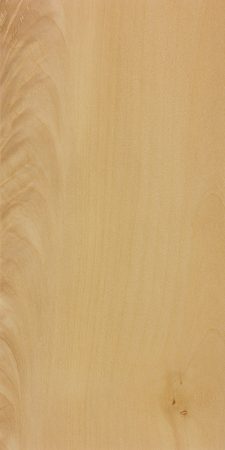
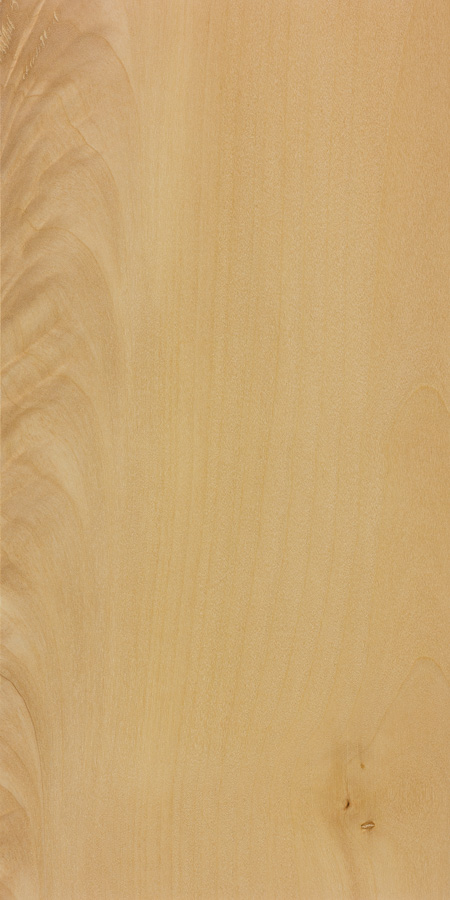
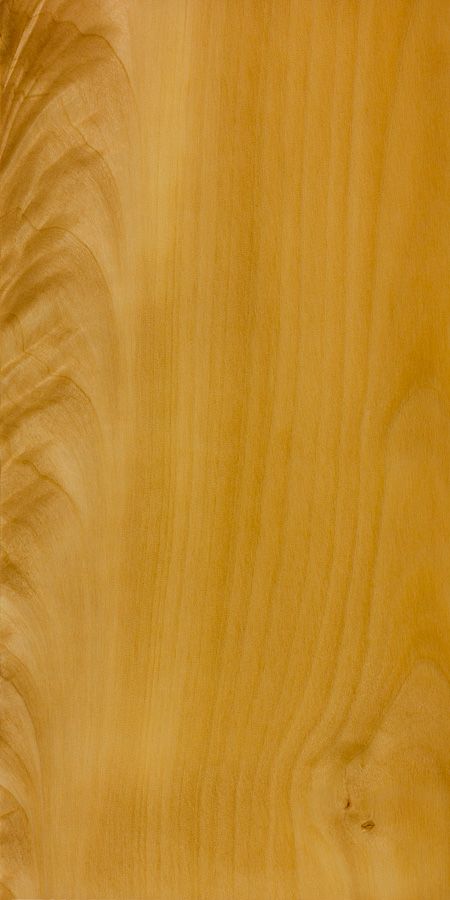
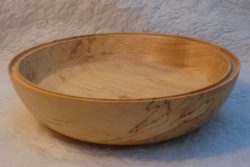
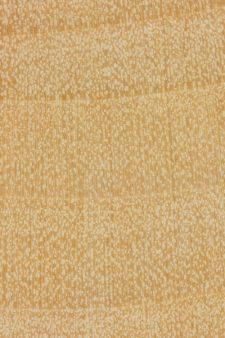

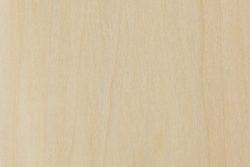

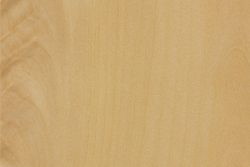






Horse chestnuts are poisonous to animals, but I think the name comes from the horseshoe shaped scars left when the leaves fall.